How to get a Quote on a Shower Remodeling Project … and Make Sure You DO NOT get Ripped Off!
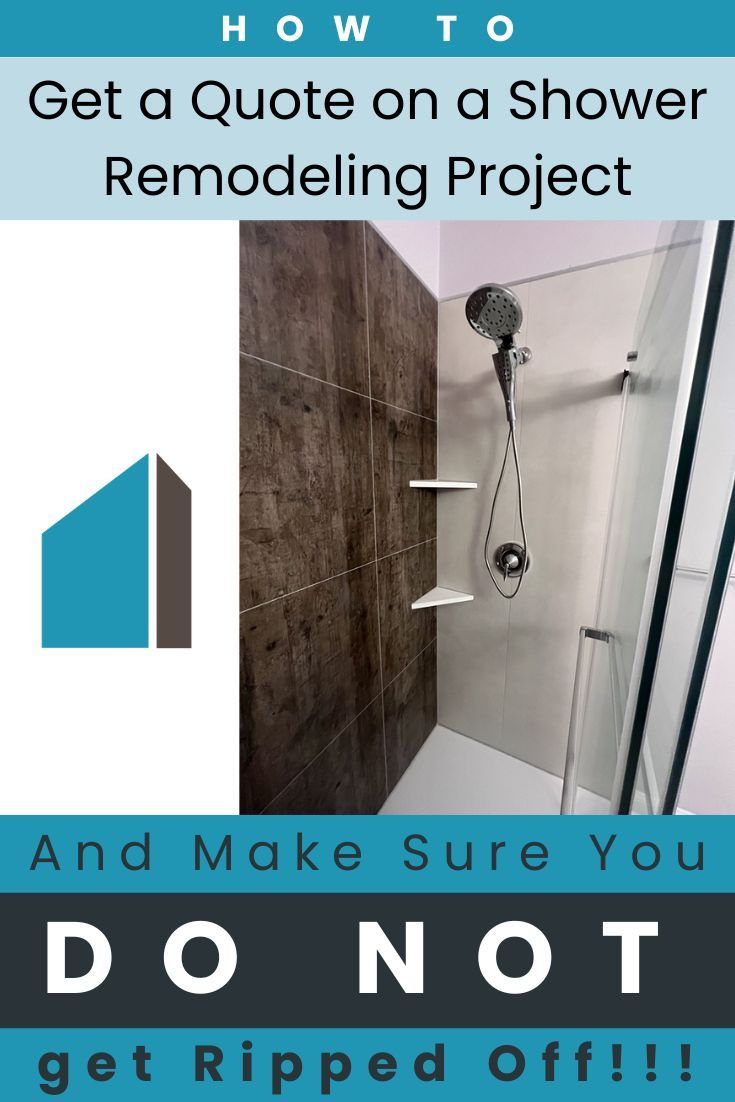
If planning a shower remodeling project is blowing your mind, you’re not alone. While FOMO (the Fear Of Missing Out) on a new bathroom can push you forward, FOSU (the Fear Of Screwing Up) can hold you back.
The question becomes how can you get the remodeled shower of your dreams AND be confident (through a smart quoting process) you DID NOT get ripped off in the process?
Well – a way to start is to read (and more importantly take action on) the 10 criterion below.
And although this is an in-depth list, figuring out this job (and choosing the right contractor and materials) can seem like a bottomless pit of difficult decisions. This is why I’d welcome you to pose your questions in the comments at the end.
So – now let’s dig into the 10 criterion to get a shower remodeling quote and how to work effectively with potential contractors (and/or suppliers).
Criterion #1 – Get clear on WHY you’re doing this project
DO NOT spend even one ‘thin dime’ (as opposed to one thick dime) without knowing your ‘why?’ ‘Err that’d be why you’re doing this project. Not, why hasn’t some rich oligarch stepped in to pay for this project?
Some good reasons could be (but aren’t limited to) …..
- Stepping over a tub has you sweating bullets. Tubs are accidents waiting to happen. This is especially true if someone in your family already has mobility problems.
- Your ‘fashion-forward’ (sarcasm intended) shower could give Jan, Marcia, and Cindy Brady (from the Brady Bunch) a run for their money. While ‘old’ can be a bonus with fine wine, it’s not a positive with an old moldy, dirty, behind-the-times shower.
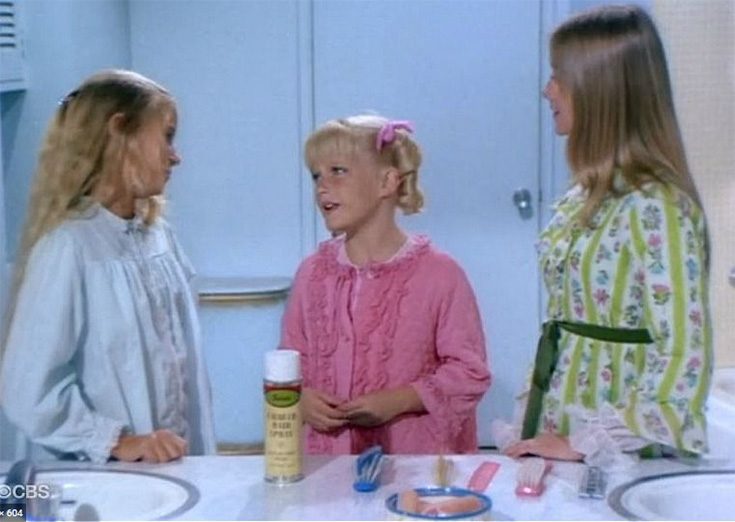
- Shower maintenance is a ‘pain in your drain.’ Who likes cleaning a dirty fiberglass surround or moldy grout joints? That’d be no one (except grout cleaning franchises who make money through this ‘tasty’ process). A simpler life (without a tile scrub brush) could be a good reason for a new shower.
- Shampoo bottles on the floor, or plastic shower caddies from the Dollar Store, ARE NOT effective storage systems – If you’ve got no safe or stylish places for your growing array of showering products (and as you get older the more ‘stuff’ you need to attempt to get your youth back!), you’re like most people whose storage hasn’t kept up with their needs.
- Your shower door ‘wobbles to and fro’ – reminiscent of the famous tune from the ice cream truck – Cheap ‘builders-grade’ framed shower doors not only operate poorly; they often have water spots, are pitted, wobbly, and collect dirt in the metal channel below. Other than that – they’re great (more sarcasm).
This list could be longer than the Bible (OK, maybe I’m exaggerating here), but I’ll cut if off there.
Bottom line – most people experience ‘shower pain’ like was described above before getting serious about spending money on a shower remodel.
Criterion #2 – Know who(m) will be using the shower. ‘Personalize’ your shower.
Showers (should be) designed for the people using them. Sounds logical, doesn’t it?
However, this IS NOT the case in most homes.
No, your shower likely was NOT designed for anyone in particular. Most are ‘standard showers’ the builder slapped in for ‘everyone, in general.’ And this is exactly why safety problems (and falls) occur.
So, given this problem –make sure to do the exact opposite when communicating what you need a contractor quoting your job to do. ‘Personalize’ your job.
Let them know who(m) will be using the shower.
How tall are they (so they won’t have to duck under a shower door to get in)?
Do they have mobility challenges and need a safer shower entry?
Are they ‘husky’ or ‘slender’ (and this brings me back to my childhood and my mom buying me the ‘slender’ clothes and my brother the ‘husky’ ones. Boy the kids clothing companies back in those days certainly weren’t P.C. (politically correct!)?
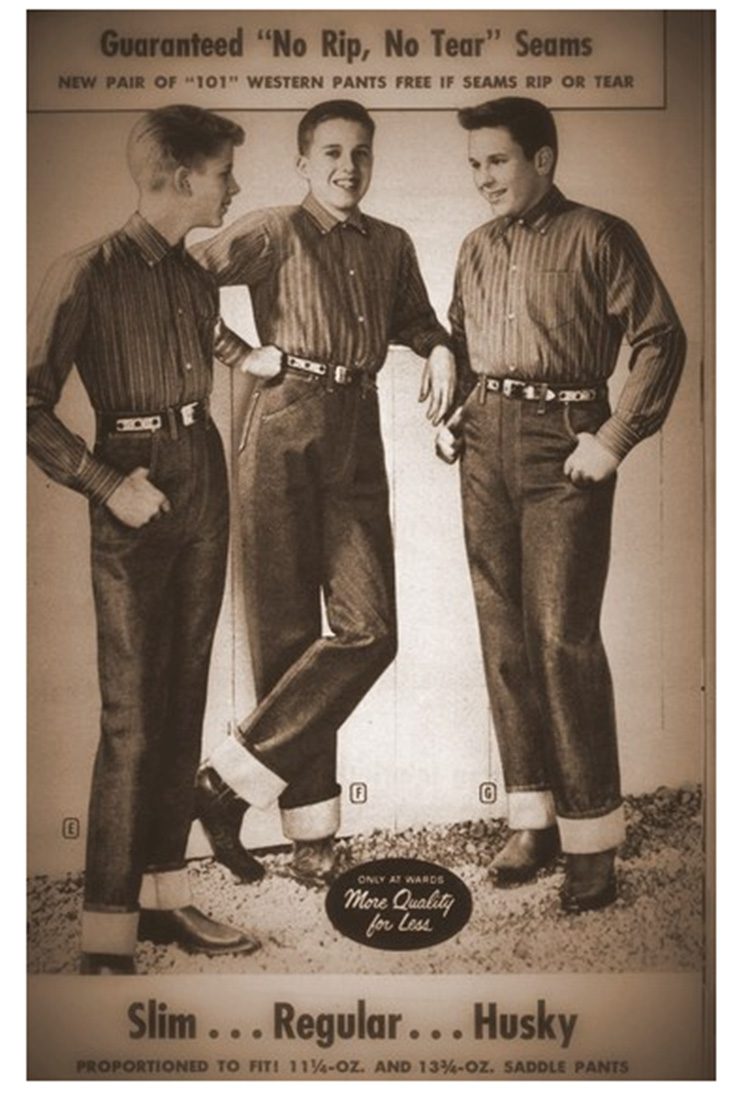
Where should the shelves and niches be located? Not too high (for those ‘vertically challenged’) or too low on the wall for the people using them?
Can your contractor design your shower so you can get the water started WITHOUT dousing yourself with cold water (brrrrr). Who loves their morning ‘cold-water-shock’ treatment?
Will anyone need a barrier free or roll in entry shower now or in the future?
Don’t put up with a ‘generic shower.’ Get one personalized for you and others using it.
Criterion #3 – Identify – and communicate – the benefits you want from your new shower
As Mick Jagger might have said about showers, “You can’t always get what you want (from a shower) if you don’t know what you need.” And if you can’t get enough Rolling Stones I’ve included the actual song below just in case all this shower talk isn’t the most exciting stuff in the world to you…. imagine that…
And (now back to our ‘regular programming) is a list of 5 key shower benefits to help you “get what you need AND get what you want from your shower!”
- Benefit #1 – It’s safe – Since the #1 place falls happen in a home is in the bathroom (and duh, it’s a wet slippery place with ‘mountains to climb’– like the tub you step over). And because more people die from falls than cancer (sorry to go Danny Downer on you) – a well-designed shower can be the driving force for a safer – and longer lasting – life. Get input on shower safety by reading How to Design a Stylish Age in Place Shower (from a guy old enough to need one). And yes, that guy is me…. unfortunately.
-
- Benefit #2 – It’s simple – If you find your existing fiberglass or tile shower a pain to clean you’re not alone. Would a grout free wall panel system and/or base be what the doctor ordered in your new shower? Can you tell the shower walls below ARE NOT tile?
- Benefit #3 – It’s space-saving – If your bathroom is the definition of cramped, and can’t be made bigger (without blowing a hole into your already-too-small bedroom) the question is are there space-saving ideas to help it ‘live bigger?’ Could you gain room be ditching a tub (with its tapered sides) for a shower? Could you use a shower pan which is bowed in the middle for more elbow room? Could you insert niches into the wall, vs. shelves on the wall, to save your elbows from banging into things while showering?
- Benefit #4 – It’s sellable – While you want to personalize your shower (especially if you need accessibility) – you don’t want your shower to become an albatross which hurts resale value. Therefore, instead of a ramped shower pan go with a low profile pan with a ramp kit.
- Benefit #5 – It’s stylish – Why save all your money for the kids or grandkids inheritance and ‘settle’ for a generic shower? Treat yourself. If fashion-forward matte black fixtures ‘speak to you,’ (and if they do, you may need psychological help) go for them. If you want to unique glass block shower walls with funky blocks – why not use them? And it’s nice glass blocks are becoming more popular as well. If you want decorative shower surrounds with your unique style, why put off your enjoyment. Hey, you’re spending a lot of time in this shower (unless your hygiene is like a stinky teenage boy).
Criterion #4 – Check the box on the type of project you’re doing
Here’s 4 ‘project types’ you may be considering. They can help you focus on finding the right type of contractor to quote your job (more about this in Criterion 10):
-
- Project type #1 – Tub to shower conversion
- Project type #2 – A shower to shower conversion
- Project type #3 – A shower modification or an accessible shower
- Project type #4 – A full gut of the bathroom where you’re moving walls, plumbing etc. Basically, you’re doing ‘the works.’
Criterion #5 – Choose (or get additional input about) shower products
While this criterion could go on forever (if I’d even attempt to cover all product choices), I’m not dumb enough to go down that rabbit hole!
However, what I will do is outline the four most important product categories and options to guide your research:
- (Category #1) The foundation – A shower pan – or shower flooring – While what you step onto when entering your shower is seldom the sexiest part of the job – if it fails you’ve got HUGE problems! In deciding the right shower pan or shower flooring consider the following:
-
- If it’s a shower pan, determine how high the curb (or threshold) will be.
-
- Choose either a grout free shower pan to eliminate grout joints – of if you want the wide-range of decorative possibilities, a tile shower base.
-
-
- Ask what material you’d like the shower base to be manufactured from. Note – fiberglass and acrylic will be least expensive, stone solid surface and tile will be on the upper end.
-
- (Category #2) Wall surrounds – If there’s a place to ‘make a splash’ (yes, bad shower pun intended) it’s in the shower wall surrounds. That’s where your eye goes when you walk into the shower and usually is the focal element of the space. Shower surround options include:
-
- Tile walls – Tile designs are limitless. It’ll be a more expensive option, and you’ll need a scrub brush to clean grout joints, but tile showers (if they’re constantly maintained) can be cool.
-
- Grout free wall panels. These come in a wide variety of materials from fiberglass and acrylic (on the low end) to mid-priced products (like laminate wall panels and cultured granite) to high end systems (like marble or granite). For more info about grout free wall panels read How to Choose the Best Shower Wall Panels.
-
- (Category #3) Glass doors or curtains – Glass doors come in a wide variety of operating styles. And there’s more to them than meets the eye. The best type (or style) will be driven by the size of your bathroom, where other components are located (including your toilet, vanity, tub etc.), the dimensions of the people using the shower, the need for accessibility, and your budget. Popular door finishes include brushed nickel, matte black, chrome and brushed brass. The other option is curtains. They’ll be less expensive than glass shower doors and are a popular for an accessible shower. Their biggest downside is they need to be replaced often – and in many cases block light from the shower (which makes the shower more dangerous).
- (Category #4) Shower accessories. A big mistake people make in designing a shower is they treat accessories like a ‘red-haired stepchild’ (and my apologies to any red-haired stepchildren reading this article) of a shower design. However, if you need a seat, grab bars, adequate storage – you’ll ignore this category at your own risk.
Criterion #6 – Get measurements and drawings together (especially if you’re looking to DIY or buy materials for your contractor)
If you want a quote on materials (without the larger investment for a contractor who wants to quote the full project – materials and labor) you’ll need to pull out your tape measure and do a drawing (even if it’s not god’s gift to architectural renderings!)
Give material suppliers a complete drawing of the room (including the location of vanities, toilets, a bathtub, and the shower.
On this drawing include these shower specifics:
- The distance from wall to wall (even if you’re measuring inside the existing materials which’ll be removed before the new system is installed).
- The distance from the back to front of the existing alcove and the distance of what’s installed today (i.e., a tub/shower etc.). With the full distance your potential supplier may see an opportunity to expand your shower and improve your ‘elbow room.’
- Measure the drain location from one side wall and the back wall of the shower. This is a measurement few people provide but it’s critical to see if a standard or custom shower pan is needed
- Measure the size/location of any ‘obstructions.’ This could be a window in a wall, soffit etc.
- Measure the height(s) of the walls – How tall do the wall surrounds need to be? Are there any sloped ceilings, or ceilings taller than 8’?
Put these measurements in a ‘plan view’ (looking down at the shower) like you’ll see below or provide ‘elevation views’ (an upright view like you’re looking at the wall) if you have ceiling height variations.
Take pictures of the existing tub, shower, surrounding walls and of the entire space. Take pics looking down at the drain – (and yes, I know those aren’t ‘sexy’ – but they are helpful to a material supplier). The more pics, the better.
Criterion #7 – Choose a ‘design style’ and/or share inspirational pics
Even if you’re not a ‘fashionista’ thinking through the ‘look’ of your shower is important for a bathroom which looks ‘pulled together’ (not like you picked up random components in the bargain basement section of a home center store). And if you’re not familiar with design styles – research these popular choices:
- Transitionalist
- Traditional
- Maximalist
- Modern Minimalist
- Modern Farmhouse
- Eclectic
- Coastal Modern
Share inspirational pics from Instagram, Pinterest, design magazines, or displays from your favorite retail stores (or specifically you can find design and style inspiration in furniture stores).
Criterion #8 – Develop a budget, consider if you’ll need financing while determining the cost of a shower remodel
I realize it’s A LOT more fun planning a new bathroom than thinking about parting with your money (or planning the bank you’ll rob…. just kidding) to make it happen. And I wish I could tell you it’ll be a lot less expensive than you think, but then you’d wake up from your dream and know I was telling a fib (and isn’t that a funny word?).
However, having a budget before you get too far into the process is important. You need to know if it’s the right time and/or if you’ll need to finance the project.
And if you say, “Mike, I don’t have a frickin’ (yes, this is a technical term) idea how much this will cost,” read the following:
- The 2024 Cost/Value Remodeling Study. This study will provide the average cost of a shower remodel in various areas of the country.
- A Comprehensive Guide to the Installed Cost of a Tub to Shower Conversion (if this is the type of project you’re doing). This article will help you determine a tub to shower remodel cost.
And you may also be wondering – why are contractor quotes so different? Well frankly there can be lots of reasons for this.
First you’ll want to see the quality of materials they use and get a feeling of the qualities of technicians they have on the job by reading on-line reviews (its certainly true there’s a wide range of skills in the construction labor pool!).
Second – you’ll want to note how well known they are. And you may be wondering why I bring this up? Well – the better marketed companies (those who are known better) have likely invested significant sums to build their brand – and this brand building activity (i.e. the money they’ve spent on marketing) is part of their overall price (somebody has to pay for this brand building – and that’d be you…).
And lastly compare through the quoting process the quality of their systems. Better – more experienced and more professional contractors have better systems to schedule projects, track projects, buy materials, you name it. If your contractor’s ‘system’ is a beat-up yellow legal it could be a sign they’re cheap – and project coordination may not be as smooth as you’d hope.
Criterion #9 – Determine when you want to start and how long you’re willing to ‘subject yourself’ to the remodeling process
While top-shelf bathroom remodelers always seem to be busy, if your project start time is flexible this can help you save a few bucks (and if you’re independently wealthy, don’t worry about that) and be able to select (if you can afford them) the best contractor in town.
In addition, think through (and ask potential contractors) how long the project will take. If you’re getting cold sweats just thinking about your house being ‘torn up’ – and living through an Elden the Painter experience (a la Murphy Brown for those of you old enough to know this reference), you’ll have to prepare yourself mentally for the ‘remodeling journey.’ And sometimes (just like in surgery) there are surprises ‘behind the wall’ or underneath the shower pan– which are a cold splash of reality (and can drive your budget and project completion time in the WRONG direction).
Criterion #10 – Determine what type of bathroom contractor is a fit for your project (if you’re looking for a professional contractor to do the job)
Not to state the obvious but contractors come in all ‘shapes and sizes’ and ‘degrees of competency.’ However, as a generalization here’s some things to keep in mind to find the right contractor for your project:
- If you’re doing a complete ‘gut and remodel’ of your bathroom – moving plumbing, taking down walls etc. this is often NOT the place to choose a small contractor or handyman. With large scale bathroom remodels companies who position themselves as ‘design/build’ remodelers can be a good choice.
- If you’re doing a less complex project – like a tub to shower conversion – a small to medium sized company which focuses on ‘wet spaces’ (meaning the tub/shower alcove) only can be a smart choice.
- Realize the best known (and most extensively marketed) companies will often be more expensive (someone has to pay for their marketing and overhead costs….and that’d be YOU!).
So, are you more comfortable with how to get a shower quote? Do you need help navigating this project and choosing the right products and contractor?
I hope I didn’t overwhelm you with these 10 criteria to get a quote on a shower. Like many things in life – the ‘devil’ and the ‘success’ (or failure) is hammering down (pun intended) the details.
While I know there’s a lot of info above – I also realize it’s NOT an exhaustive conversation about your project. So – if you need project design or product advice, wholesale pricing, or a referral to a local contractor click for a Free Design Consultation and/or talk to a Bathroom Design Specialist at Innovate Building Solutions at 877-668-5888 (and yes this is my team, but don’t fear, most of them are more ‘normal’ than I am).
Thanks for reading and putting up with my wackiness along the way!
Mike
And BTW – if you’re an installing contractor and would like to learn about becoming a dealer of unique wall panels, grout free modern low profile shower pans, and shower replacement kits call me at 888-467-7488.
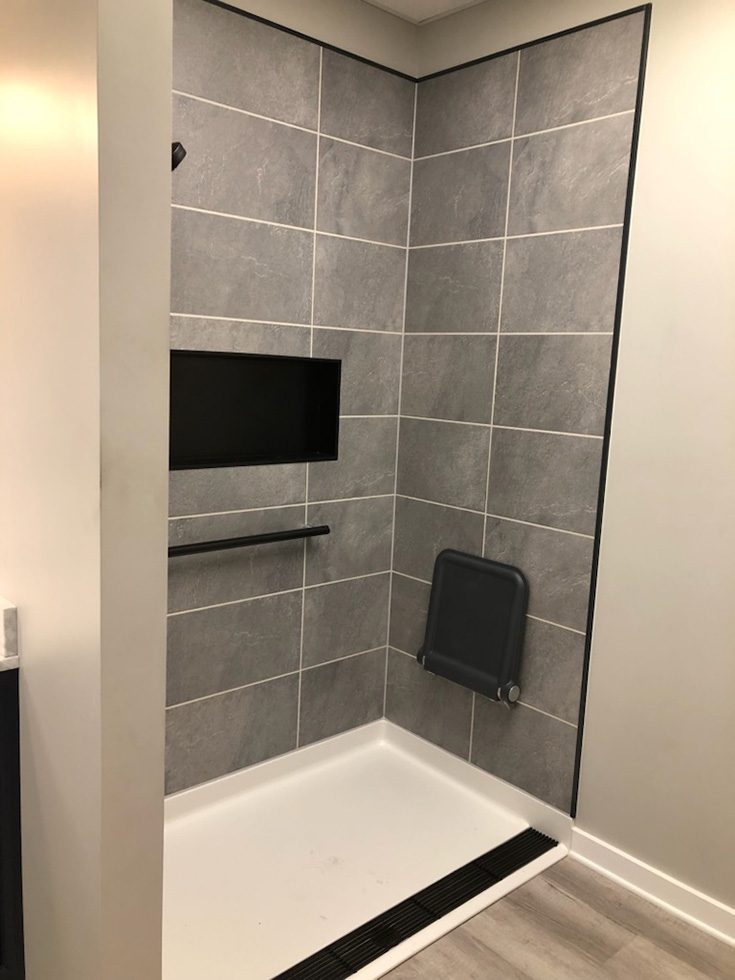
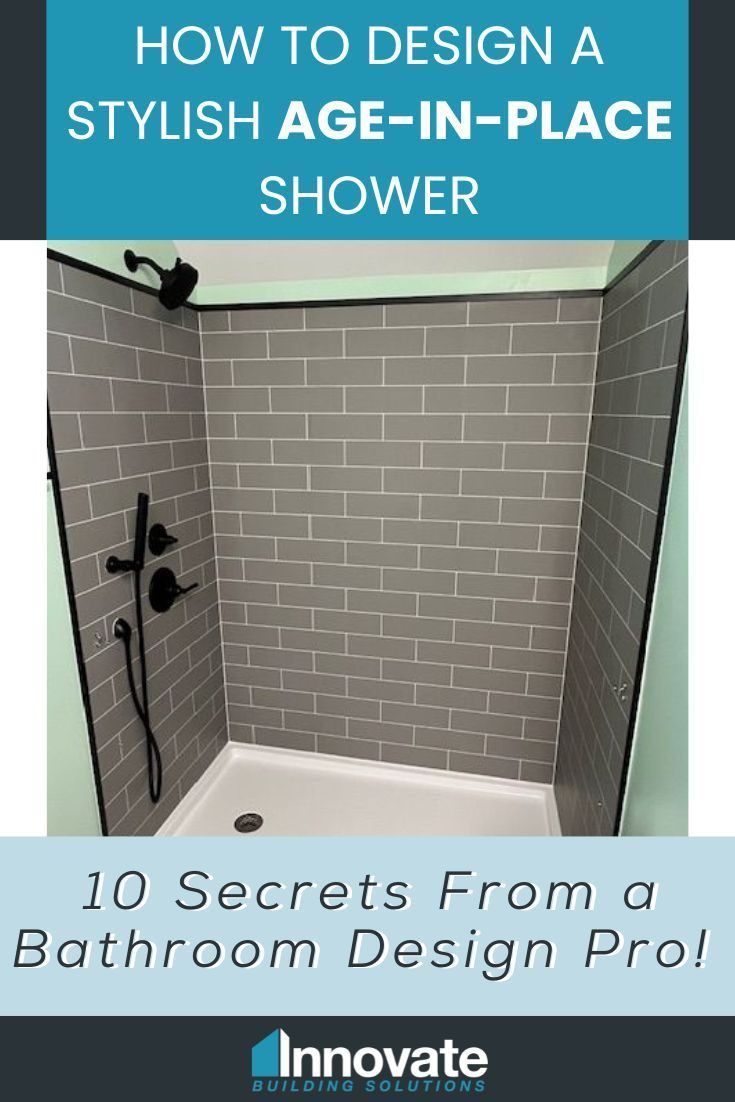
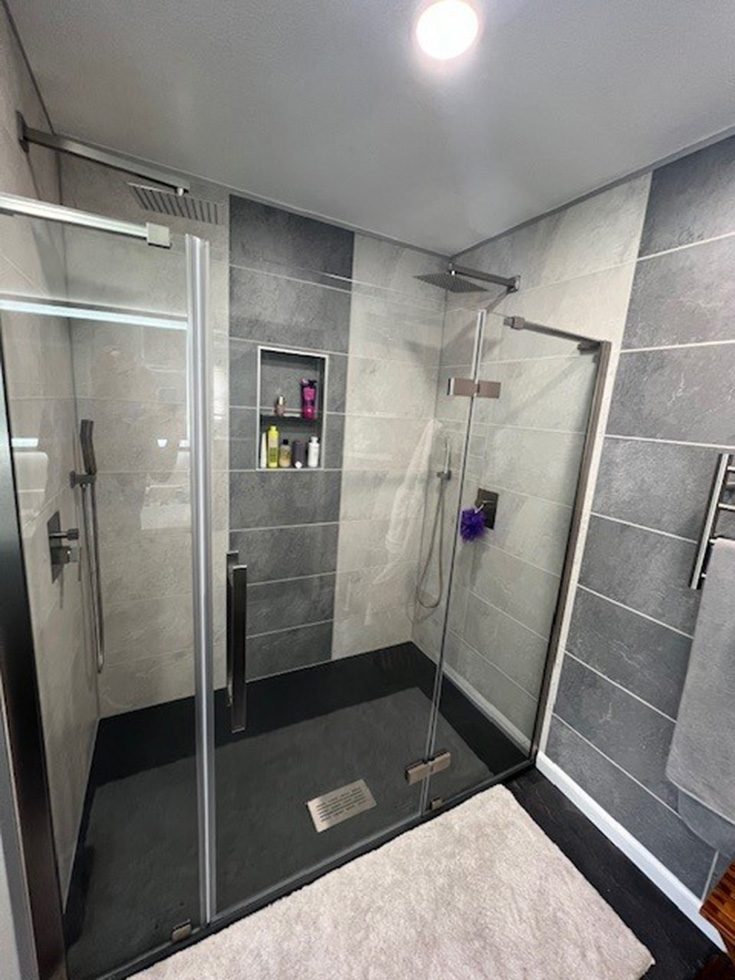
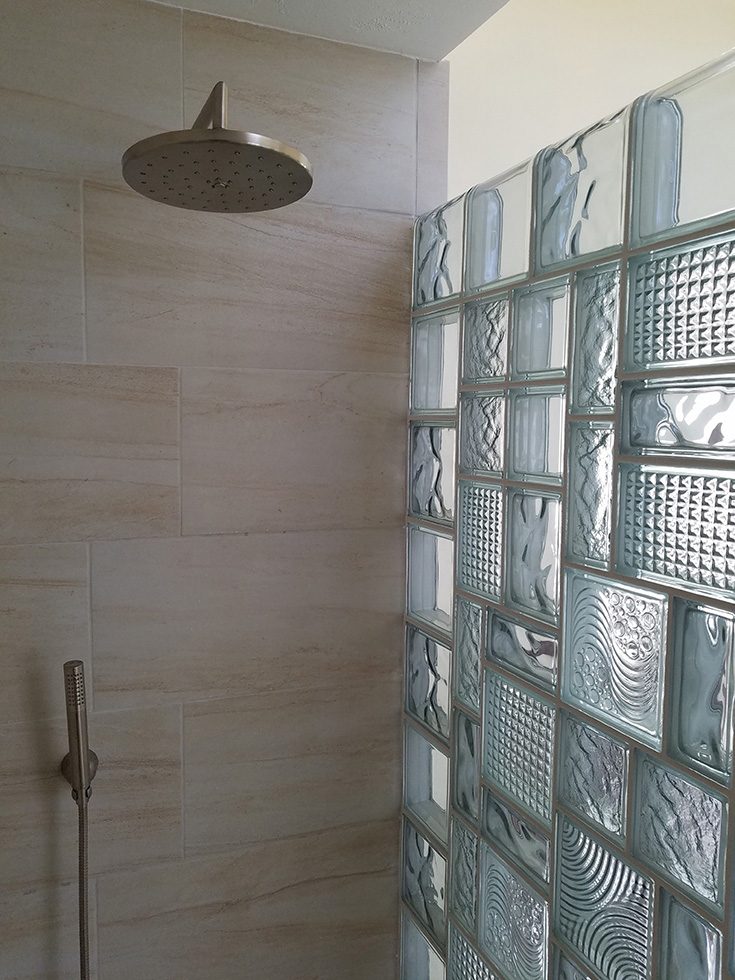
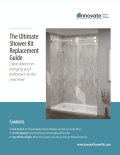
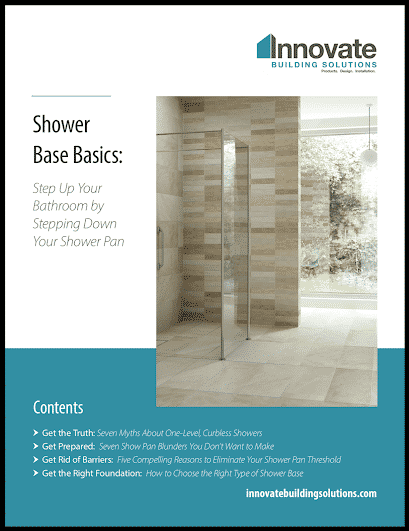

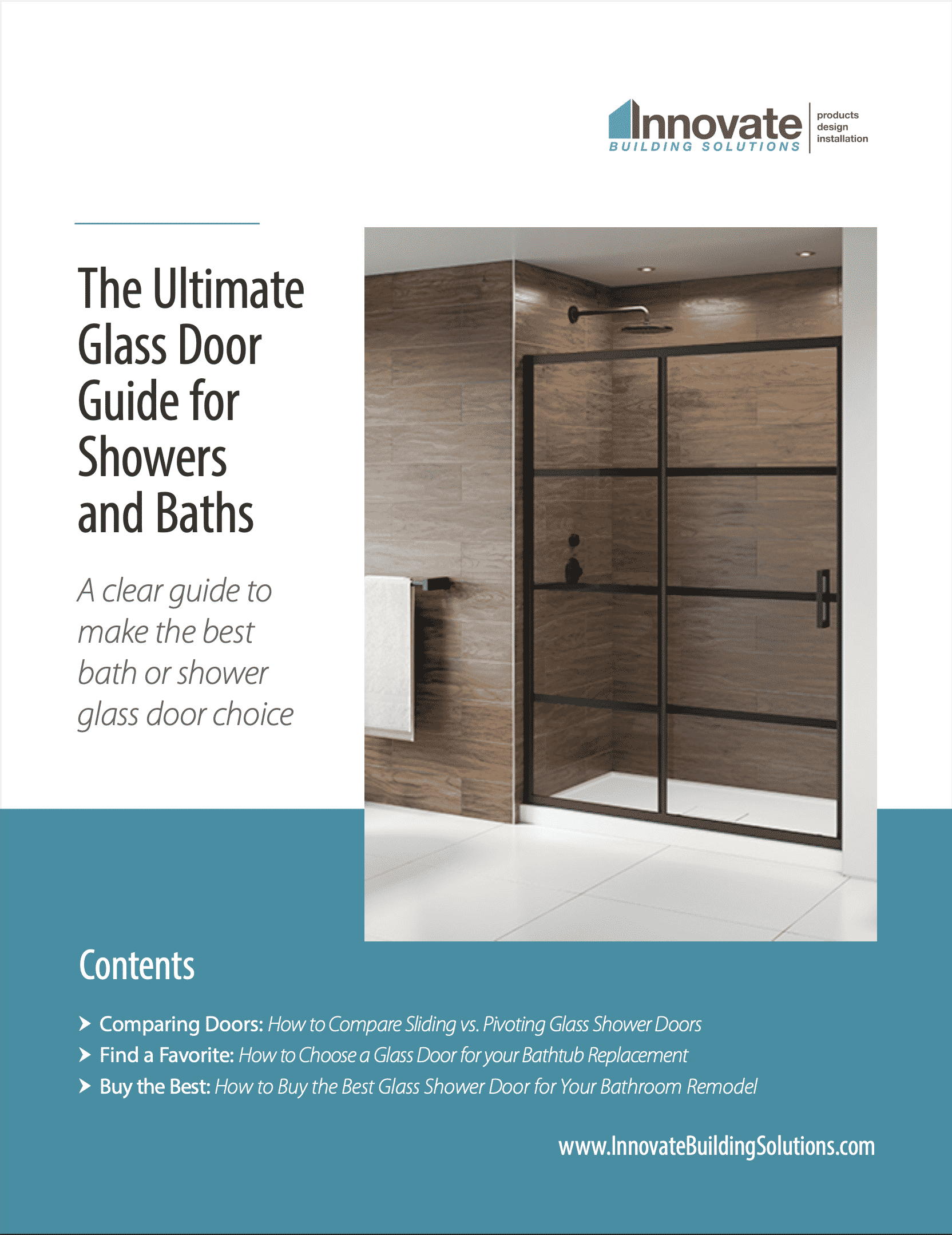
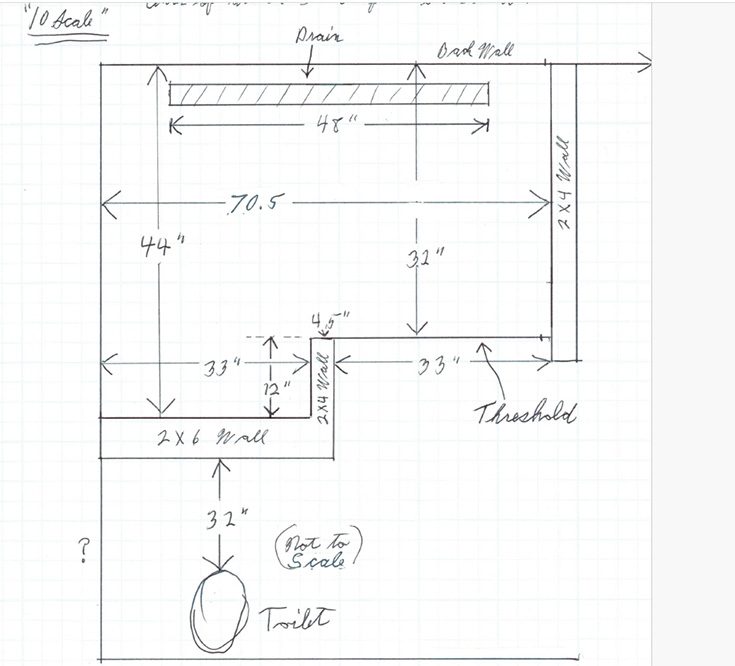
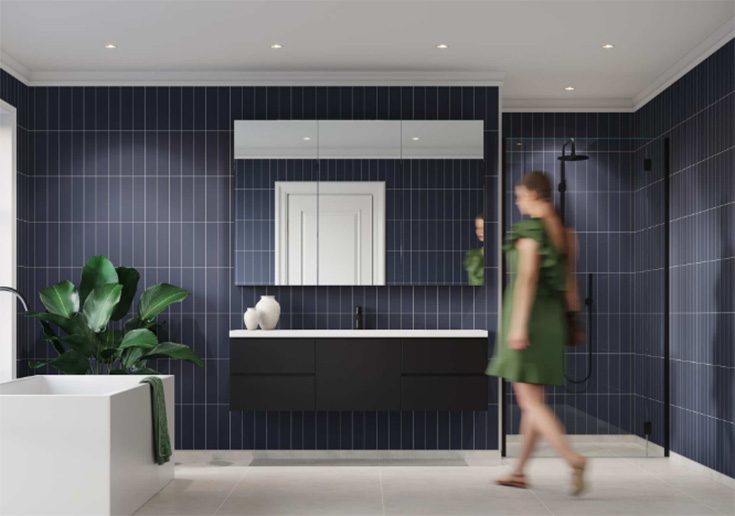
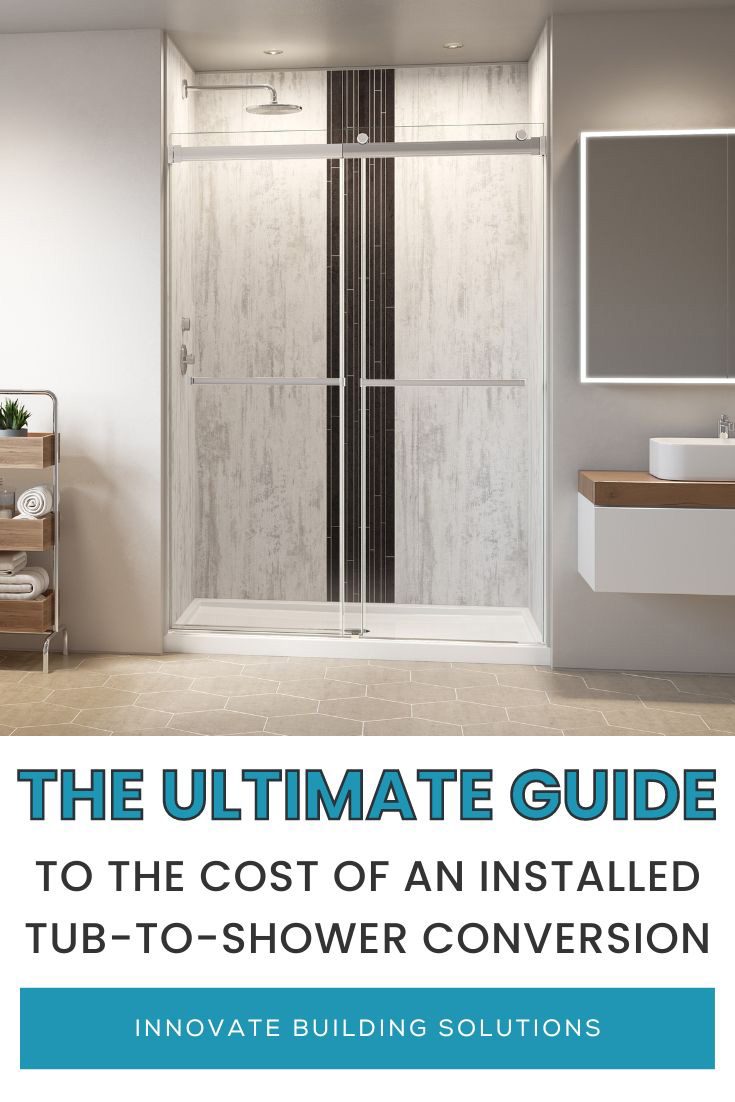




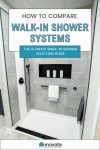
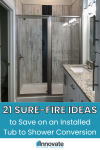



Frank
Hi Mike, question 1. My contractor used USG Durock cement boards to apply our shower panels, after couple days the shower panels started to bulge out, after notifying contractor, he came out and took out the panel and brought a new panel and applied it and it’s holding so far but another middle section is starting to bow out,,,is this just bad panels or should contractor gone with green board or Sheetrock?